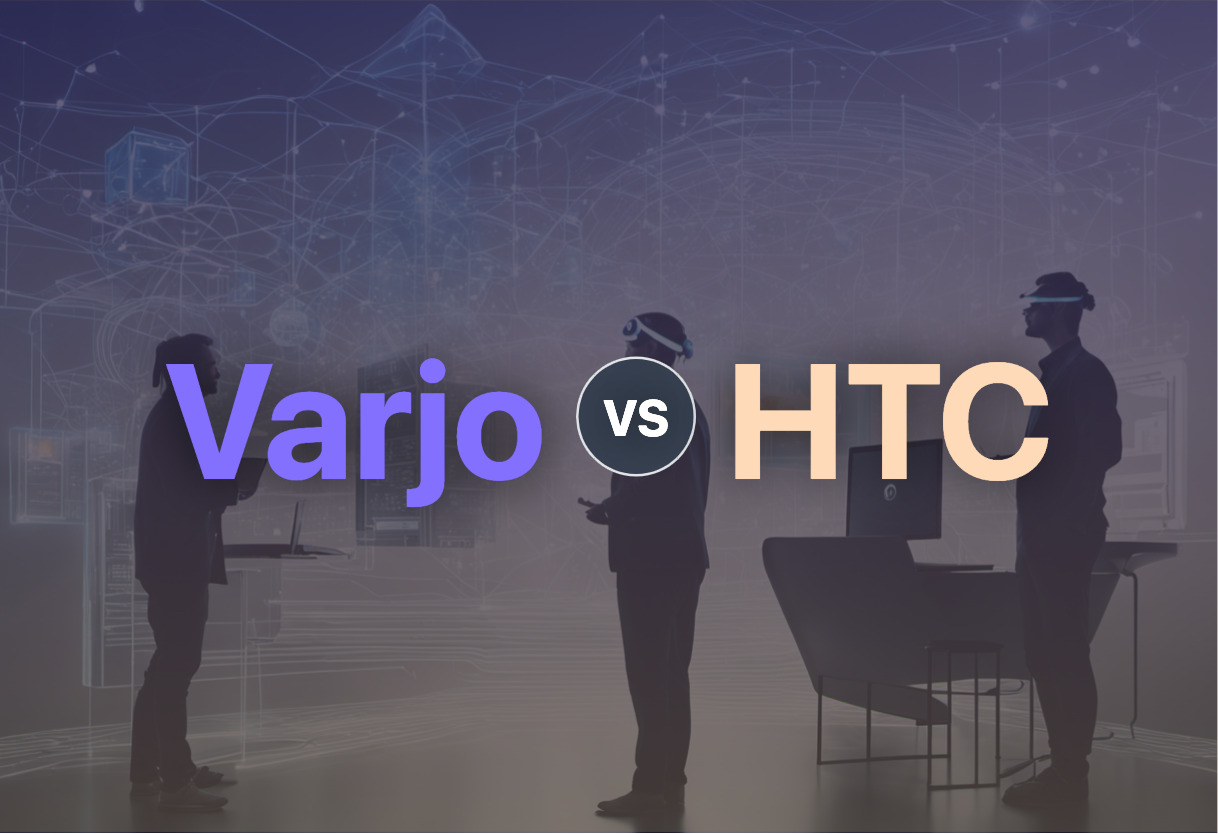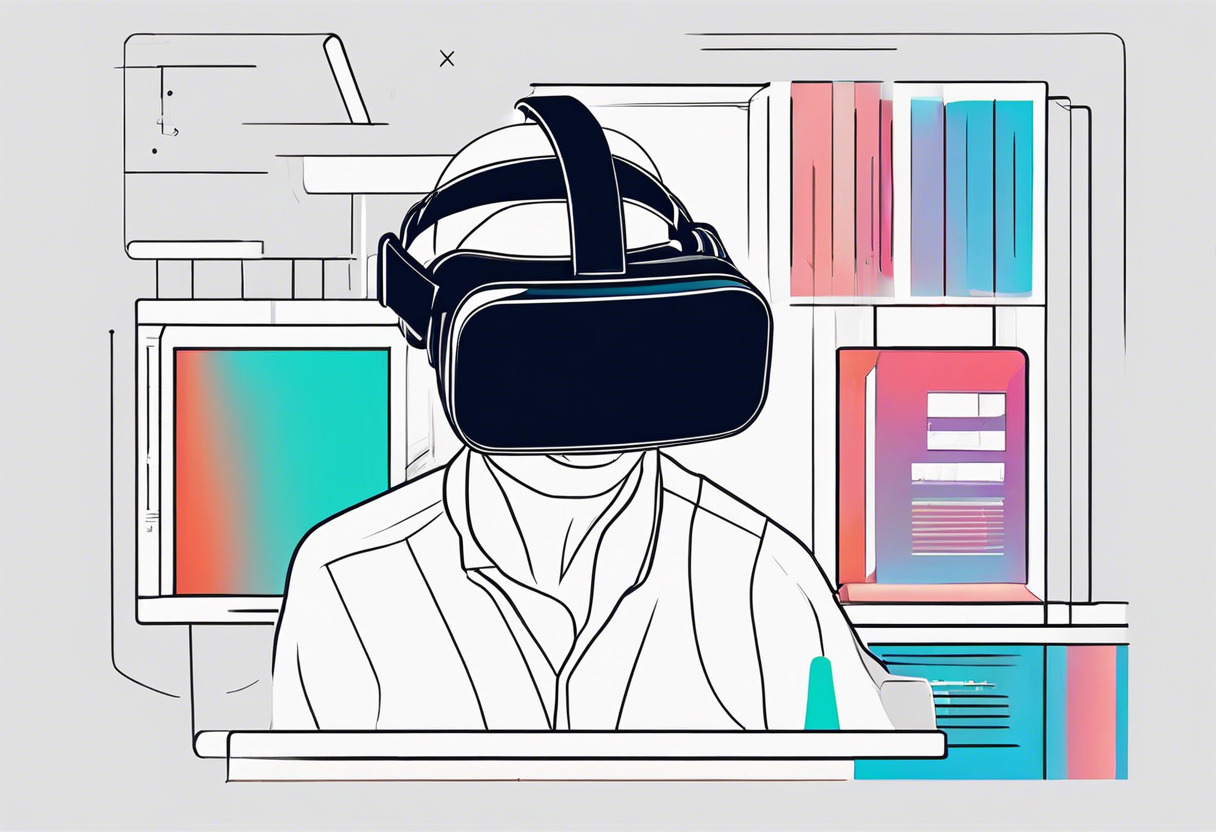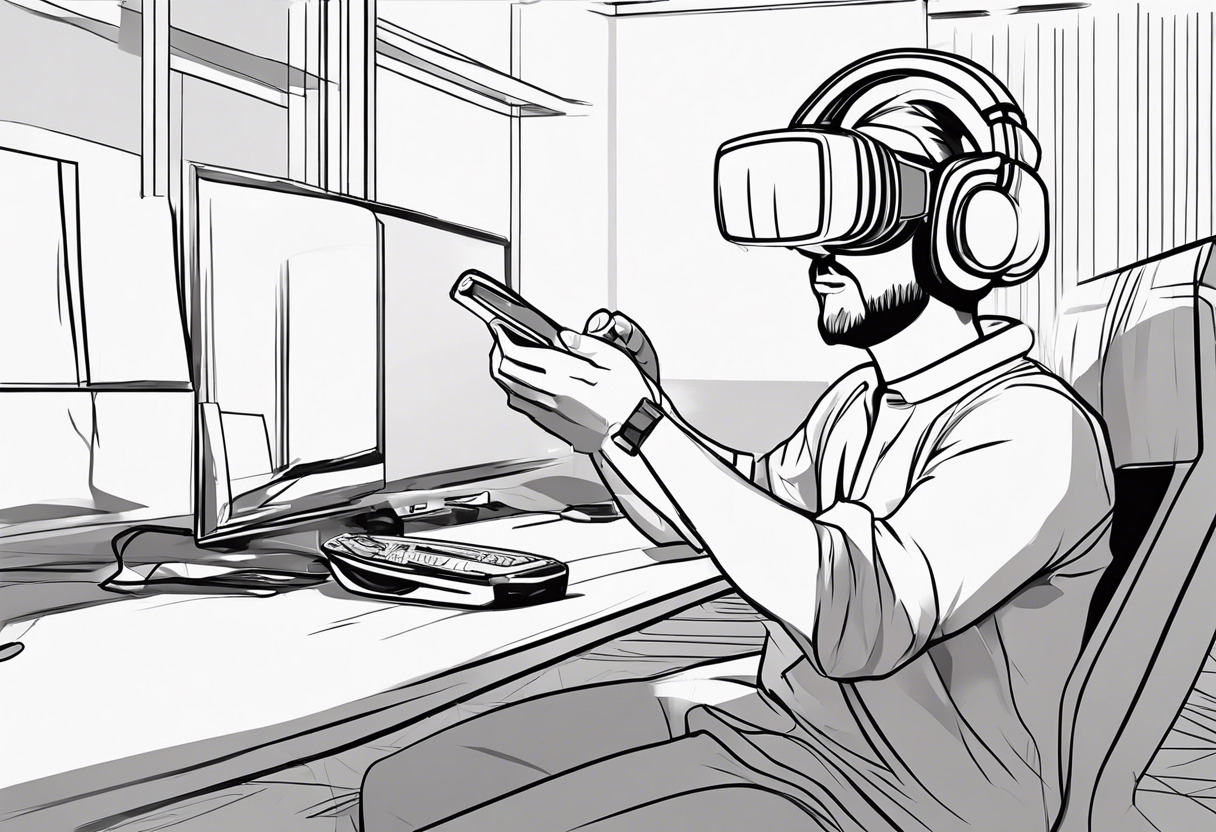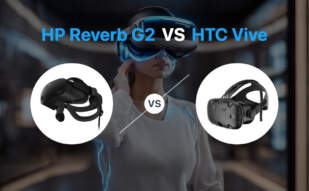For professionals needing ultra-high-resolution and reliability, Varjo outranks. Its headsets provide a clarity akin to the human eye, perfect for specialist training and design iterations. If gaming and ease of integration are your requirements, or if budget is constrained, opt for HTC Vive with its range of devices and expansive VR ecosystem.

Key Differences Between Varjo and HTC Vive
- Clarity: Varjo offers equivalent retina-level resolution for precision; Vive caters generally good resolution.
- Target Market: Varjo is aimed at professionals for industrial use-cases; Vive appeals to both enterprise and mainstream consumers, including gamers.
- Ecosystem: Vive operates within pre-established SteamVR system with OpenVR SDK support; Varjo architects its self-integrating VR/XR applications.
- Price: High-spec Varjo devices command a premium price; HTC Vive offers a range of devices for different budgets.
| Comparison | Varjo | HTC Vive |
|---|---|---|
| Founded | 2016 | 2015 |
| First Device Release | Varjo VR-1, 2019 | HTC Vive, 2016 |
| Product Range | VR-1, XR-1, VR-3, XR-3, Aero | Vive, Vive Pro, Vive Focus, Vive Cosmos, Vive Flow, Vive XR Elite |
| Latest Device | Varjo Aero, 2021 | Vive XR Elite, 2023 |
| Key Technologies | High-resolution devices, cloud platform for VR/XR applications streaming | SteamVR hardware/software ecosystem, ‘room-scale’ VR, wireless VR experience |
| Resolution and Specs | Retinal resolution, highest resolution VR/MR | 5K resolution, 120° FOV, 120 Hz refresh rate (Vive Pro 2) |
| Uses | Training, design, research | Data visualization, gaming, arts |
| Special Features | Eye tracking, low latency fusion of camera and synthetic imagery | Positional tracking system, extensive software compatibility |
What Is Varjo Technologies Oy and Who’s It For?
A Finnish manufacturer specializing in AR, VR, and MR technology, Varjo Technologies Oy quickly gained recognition for producing high-resolution devices unparalleled in clarity. Founded in 2016, Varjo shook the market with its first head-mounted devices, the VR-1 and the XR-1 Developer Edition, that boast life-like display. With industry leaders like Aston Martin, Volvo, and Lockheed Martin in its clientele, Varjo caters to professionals who seek VR/XR applications for training, design, or research purposes.
Varjo’s latest offering, the Varjo Aero, is a lightweight VR headset with built-in eye-tracking, promising an immersive experience for users demanding high-end VR solutions. Whether for internal design reviews or creating AR-enabled work instructions, Varjo’s offerings straddle an extensive range of application areas.

Pros of Varjo Technologies Oy
- Provides the highest-resolution VR, AR, and MR devices
- Diverse clientele including industry leaders
- Products cater to a vast range of applications like astronaut training, car design, and conducting research
- Strong financial backing and solid market stance
Cons of Varjo Technologies Oy
- High-end products may not be affordable for all users
- Newer companies with more advanced technology can pose a threat
- Products are designed for professional space, limiting consumer adoption
What Is HTC Vive and Who’s It For?
HTC Vive, a brainchild of HTC Corporation and Valve Corporation, is a distinguished name in the VR domain that covers hardware, software, and services for business, art, and gaming sectors. Since its inception in 2015, HTC Vive has launched various models including the celebrated Vive Pro, Vive Focus, and the Vive XR Elite. The brand is for VR enthusiasts, gamers, and businesses seeking out-of-the-box VR solutions.
Not resting on its laurels, HTC expanded their reach into the ‘metaverse’ with the announcement of ‘Viverse’. This metaverse ecosystem, compatible with non-VIVE and non-VR devices, showcases HTC’s commitment to wide-ranging VR accessibility. It’s evidence of their dedication to immersive experiences, regardless of device limitations.

Pros of HTC Vive
- Offers a wide product range catering to different VR needs
- Introduced ‘Viverse’, a metaverse ecosystem compatible with non-VIVE and non-VR devices
- Products feature high-end specs like 5K resolution, 120° FOV, and 120Hz refresh rate
- Has an extensive platform compatibility through the OpenVR SDK and native support for Unity
Cons of HTC Vive
- Competitive VR market with other brands offering similar or more advanced features
- Hardware requirements for top-notch VR experience may be high
- Higher-end models can be pricey
Decoding the Choice: Varjo or HTC?
In the spectacle of VR/AR landscape, should you don Varjo or Vive? Let’s make an informed decision.
Technology Innovators
Varjo‘s pioneering suite with VR, AR, and MR capabilities is built for those looking to push the envelope. Its retinal resolution and real-time streaming of immersive graphics positions it as an unrivaled tool for innovators.

Industrial Titans
Organizations seeking to enhance productivity, design processes, and quality should gravitate towards Varjo. Used by behemoths like Aston Martin and Boeing, its exceptional resolution enables precise simulation-based training and design applications.

VR Gaming Connoisseurs
If you’re passionate about the gaming realm, HTC‘s Vive family should be your choice. With devices specifically tailored for gaming, such as Vive Pro 2 boasting a 5K resolution, Vive’s synergy with Valve’s SteamVR eclipses competition.

Metaverse Explorers
HTC anticipates the future. For those rallying behind the metaverse, HTC’s Viverse provides a comprehensive ecosystem combining 5G, VR devices, and partner networks. Its forward-thinking approach is the ticket to this next digital frontier.

In the duel between Varjo and HTC, if groundbreaking high-resolution VR/AR/MR tech advancement is your goal, Varjo’s suite is the pick. For gamers or metaverse enthusiasts, HTC’s robust gaming ecosystem and metaverse initiatives are your bets.
Tiffany Brise
Content writer @ Aircada, patiently awaiting a consumer AR headset that doesn’t suck.





